-
Home
- Turkey
- Turkey Travel Information
- Museums
- Turkish and Islamic Arts Museum
Turkish and Islamic Arts Museum
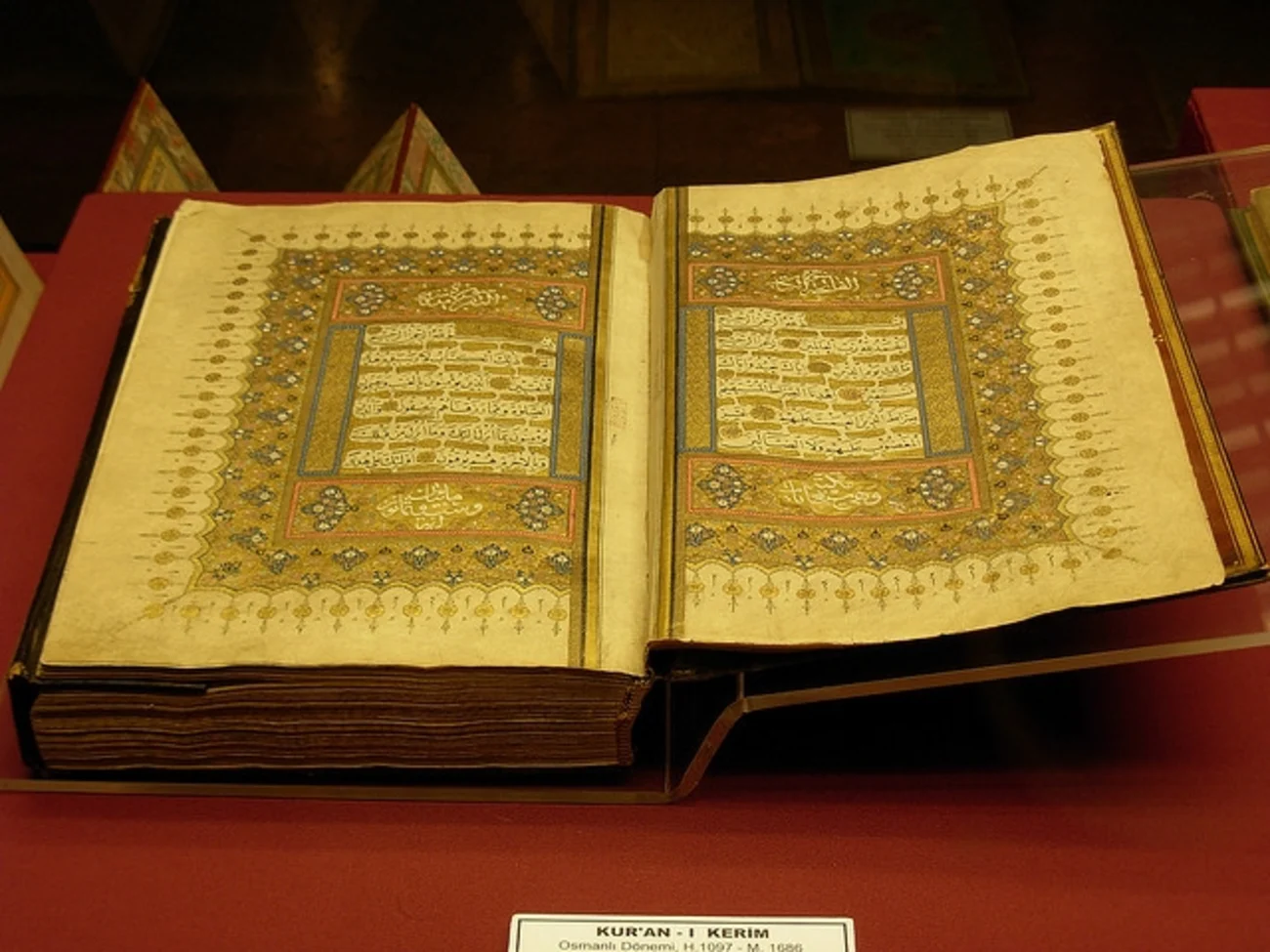
The Museum of Turkish and Islamic Arts was the primary museum in Turkey to compile works of Islamic art. It was founded in 1914 as the Museum of Islamic Foundations and housed within the Imaret building of the Süleymaniye Complex, built by the good Turkish architect Sinan within the 16th century. The museum was renamed the Museum of Turkish and Islamic Arts after the declaration of the republic and moved to its present location within the 16th-century Ibrahim Paşa Palace in 1983.
The core collection of the museum comprises Islamic artworks collected from across the empire at the start of the 20th century. These products include carpets, stones, metalwork, crystal, ceramics, woodwork, and ethnographic materials. the gathering represents an intensive period starting from the increase of Islam to the 20th century and also the vast region ruled by the Turkish Empire.
What should you see at the Museum of Turkish and Islamic Arts?
Turkish and Islamic Art Museum is the first museum in our country to incorporate Turkish - Islamic artworks together. It opened its doors for the primary time in 1914 within the imaret building of Suleymaniye Mosque Social Complex, one among the foremost important structures of Mimar Sinan (Sinan the Architect) by the name of "Islamiye Museum" (Islamic Foundations Museum).
It had been moved to Ibrahim Pasha Palace to the west of Blue Mosque Square, in 1983. Aside from the Sultan palaces, the museum building is one in every of the earliest surviving palace buildings to this day, dating back to the late 15th century. Ibrahim Pasha Palace, one of the foremost important structures of Ottoman civil architecture, rises above the old “Racetrack Square” stairs. In 1520, it was absolutely repaired by Suleiman the Magnificent and gifted to Ibrahim Pasha of Pargali, his son-in-law and grand vizier. The elevated structure on the arches surrounds the terrace on the three sides.
One of the most pleasant places within the museum is this terrace, overlooking the Sultanahmet (Blue Mosque) Square. After 1983, the Turkish and Islamic Arts Museum was closed to visitors for restoration in 2012, and after extensive work, it absolutely was opened again in 2014, on the 100th anniversary of its first opening, with a replacement understanding of exhibition and new places of visit.
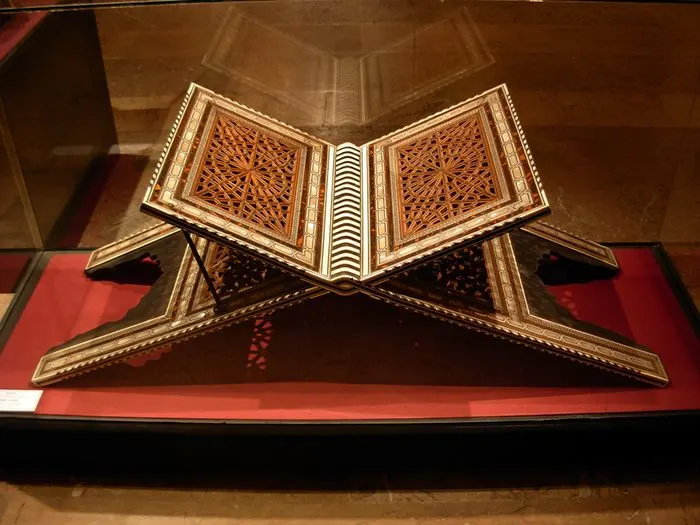
Hosts the rare arts of Islamic World
The works of the museum’s rare samples of Emevi, Abbasi, Artuklu, Eyyubi, Ilhanlı, Timurid, Safavi, Kaçar, Memluk, Seljuk and Ottoman periods were collected from different areas of the Islamic world. The museum is legendary for having the simplest rug collection within the world. The masterpieces among the rugs are rare 13th century Seljuk carpets that can't be found elsewhere.
In addition to its rug models, the museum also reaches out with its initial works of art. Glassware, stone and terracotta artifacts and metal and ceramic objects are among the dear pieces exhibited. an outsized hall within the courtyard of the museum is dedicated to the gathering of ethnography, reflecting the standard of living of 19th century Istanbul. The Holy Relics section within the museum brings the foremost important works of this area just like the ones in Topkapı Palace.
Customize Your Dream Vacation!
Get in touch with our local experts for an unforgettable journey.
Plan Your TripWhile you're HERE, What to explore?
Explore the Blue Mosque and its surroundings. The park within the Square is particularly colorful when tulips bloom. The racetrack which constitutes the foremost important part of the square witnessing many historical events, could be a monument that can't be overlooked. The must-see artworks within the Racetrack, where horse carriage races were held in Byzantine times, are Kaiser Bill (German) Fountain, Theodosius Obelisk and Spiral Column. But in spite of everything, the place to not be missed in Sultanahmet Square is the Blue Mosque which provides its name to the square.
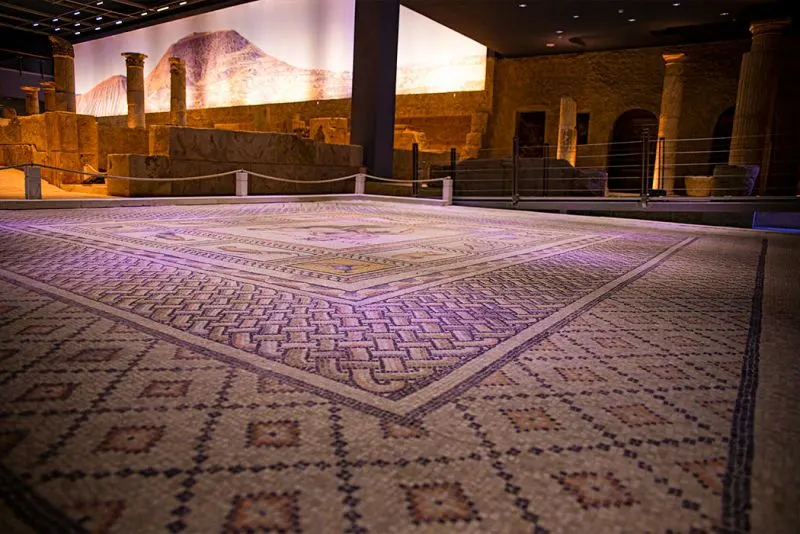
What is the price of the ticket for the Turkish and Islamic Arts Museum?
The Turkish and Islamic Arts entrance fee is 50 lira per person.
How am I able to get to the Turkish and Islamic Arts Museum?
The museum is found near other important Istanbul sights, like the Blue Mosque, Hagia Sophia, Arasta Bazaar, and Basilica Cistern. The closest tram station is Sultanahmet.
The impressive collection is an Islamic room, featuring fine samples of calligraphy in Islamic art, Islamic art paintings, Islamic abstractionism and contemporary Islamic art. There's also an enthralling ethnography section, containing information about Anatolian life.
Turkish Culture and Arts
Turkey Attractions
- Halicarnassus of Turkey
- Harput of Turkey
- Iotape of Turkey
- Knidos of Turkey
- Phaselis of Turkey
- Priene of Turkey
- Smyrna in Turkey
- Stratonikeia: Where Ancient Greek and Turkish History Meet
- Alacahoyuk: Why This Ancient City is a Must-Visit
- Anavarza: The Hidden Ancient City in Turkey’s History
- Aspendos: Turkey's Ancient Theater and Timeless Legacy
- Zeugma-Zeugma City of Turkey
- Kars- Ruins of Ani of Turkey
- Archaeological Site of Perge of Turkey
- Bodrum Telmissos of turkey
- Burdur Archaeological Site of Sagalassos of Turkey
- Hattusha Open-Air Museum of Turkey
- Kalkan Turkey: A Mediterranean Jewel Along the Turkish Coast
- The Sacred Ruins of Letoon: What Most Turkey Travel Guides Do not Tell You
- The Ultimate Visitor's Guide to Laodikea: Ancient Wonders & Practical Tips
- Miletus of Turkey: A Local's Guide to an Ancient Wonder
- Myra of turkey
- Your Essential Guide to Perge!
- Discover Phokaia in Turkey: A Local's Guide to This Ancient Turkish Treasure
- Manisa-Sardis of Turkey
- Patara: Where Roman Ruins Meet Turkey's Most Beautiful Beach
- Ancient Telmessos Turkey: Your Essential Guide to This Hidden Gem
- Xanthos: The Ancient Lycian Capital of Turkey
- Unveiling the Timeless Beauty of Hierapolis!
- Antalya Termessos of Turkey
- Exploring Limyra in Turkey: A Visitor's Guide to the Ancient Lycian City
- Discover Sagalassos: The Hidden Turkish Ancient City
- Must-Visit Assos in Turkey: Where Greek History Meets Turkish Charm
- Izmir-Pergamon of Turkey
- Adıyaman Nemrut of Turkey
- Aydın Aphrodisias of Turkey
- Cappadocia-Historical Places of Turkey
- Why Beyoğlu is Istanbul's Most Charming District
- Cumalikizik in Turkey: A Living Ottoman Museum
- Damlatas Caves in Turkey: A Natural Breathing Treatment in Turkey's Heart
- Demre in Turkey
- Karain Cave in Turkey
- Uludag in Turkey
- The Princes’ Islands in Turkey
- Discover Tortum Waterfall in Turkey: Your Guide to Turkey's Natural Marvel
- Belek in Turkey
- The Truth About Kas in Turkey: More Than Just Another Beach Town
- Sirince in Turkey
- Visiting Gocek in Turkey? Here's Everything You Need to Know First
- Stunning Spots the Historical Peninsula in Turkey: Complete Guide
- Alanya in Turkey
- The Blue Mosque (Sultan Ahmed Mosque)
- Your Guide to an Authentic Turkish Bath Experience in Istanbul
- Grand Bazaar Istanbul and Spice Bazaar
- Istanbul Aquarium
- Christmas in Turkey: Tourist places and a unique experience for Christmas
Religious Sites
- Bursa Great Mosque
- St. Paul’s Church
- Eshab Kehf Cave of the Seven Sleepers
- Eyüp Sultan Mosque: A Sacred Journey in Istanbul's Heart
- Süleymaniye Mosque: Essential Guide for Istanbul Visitors
- Virgin Mary Church Turkey: A Sacred Journey Through Time
- Basilica of St. John in Ephesus: Ancient Wonder Every Visitor Must See
- Discover the Hacı Bektaş Veli Complex: A Spiritual Legacy
- Hidden Treasure: The Church of St Pierre in Turkey
- Uncovering Ahlat, Turkey: The Hidden Gem of Lake Van
- Sanli Urfa Rizvaniye Mosque And Halil Ul Rahman Lake
- The Untold Story of Van-Akdamar: Turkey's Ancient Island Monastery
- Your Ultimate Guide to Noah’s Ark in Turkey
- Sultan Bayezid II Mosque Complex: The Remarkable Story of Istanbul's First Medical Center
- Hacı Bayram Veli Complex: The Hidden Story Behind Ankara's Most Sacred Mosque
- St. Nicholas Church Antalya: Ancient Secrets Behind Santa's True Home
- The Untold Story of Seljuk Mausoleums and Tombstones in Ahlat
- The Hidden Stories Behind Bursa's Green Mosque: A Visitor's Guide
- Haci Bektas Veli: The Hidden Story Behind Cappadocia's Spiritual Master
- Visitor's Guide to Twin Minaret Medrese Erzurum -Çifte: What You Need to Know Before Going
- Eskişehir Turkey: What Makes it Special
- Ancient Wonders: Your Journey Through the Cradle of the Saints in Hatay
- St. Peters Grotto in Hatay: The Hidden Story of World's First Christian Church
- The Hidden Story of Habibi Neccar Mosque: Antakya's Oldest Islamic Sanctuary
- İsparta St Paul Basilica Turkey: Hidden Treasures of Ancient Yalvaç
- Istanbul - Holy Tourism
- Visiting Mevlana Museum in Konya: More Local Secrets You Need to Know
- Konya - Mevlana Complex
- The Lost Treasures of Sardis ( Sart ) in Turkey: A Visitor's Guide to the Ancient Lydian Capital
- Discover Deyrulzafaran Monastery: A Sacred Journey Through Mardin's History
- St. Paul Church and Well: Your Guide to Turkey's Ancient Sacred Waters
- The Lost Martyrium of St Philip: Uncovering History in Hierapolis
- Harran: Turkey’s Ancient Gateway to Science and Faith
- Siirt-Tombs of Ibrahim Hakkı Efendi and HZ.Fakirullah
- Veysel Karani Complex (Siirt-Baykan)
- Sivas - Great Mosque and Hospital of Divrigi of Turkey
- Trabzon-Maçka Sumela Monastery of Turkey
Museums
- Asclepieion Ancient City in Pergamon of Turkey
- Hatay Archeology Museum of Turkey
- Aphrodisias Museum of Turkey
- Antalya Archaeological Museum of Turkey
- Burdur Archaeology Museum of Turkey
- Denizli Hierapolis Archeology Museum: Your full guide
- Hacı Bektaş Veli Museum of Turkey
- Istanbul Galata Mawlawi House Museum of Turkey
- Rahmi M. Koc Museum of Turkey
- Miniatürk of Turkey
- The Archeology Amasya Museum of Turkey
- Iznik Ayasofya Museum of Turkey
- Alacahoyuk Historic Site and Museum of Turkey
- Istanbul Military Museum of Turkey
- Yildiz Palace Museum of Turkey
- Ataturk Congress and Ethnography Museum of Turkey
- The Museum of Anatolian Civilizations of Turkey
- Trabzon Ayasofya (Hagia Sophia) Museum of Turkey
- Didyma Historic Site of Turkey
- Miletus Historic Site of Turkey
- Assos Historic Site of Turkey
- Troia Historic Site of Turkey
- Zeugma Mosaics Museum of Turkey
- Bodrum Museum of Underwater Archaeology of Turkey
- Mausoleum at Halicarnassus (Tomb of Mausolus) of Turkey
- Derinkuyu Underground City of Turkey
- Zelve Open Air Museum of Turkey
- Pergamon Acropolis Archeological Site of Turkey
- Ephesus Archeological Museum of Turkey
- Hagia Sophia Museum of Turkey
- Istanbul Archeology Museum
- Chora Museum in Turkey
- Great Palace Mosaic Museum in Turkey
- Istanbul Topkapi Palace Museum
- Turkish and Islamic Arts Museum
- Mevlana (Rumi) Museum
- Ataturk and the War of Independence Museum
- Ankara Etnography Museum
- Hatay Archaeology Museum in Turkey
Top Destinations and Attractions
- Troy of Turkey
- Konya Attractions
- Antalya Attractions
- Bursa Attractions
- Fethiye in Turkey
- Nemrut in Turkey: Why its Giant Stone Heads Still Puzzle Historians Today
- Zeugma in Turkey
- Side in Turkey
- Sumela Monastery in Turkey
- Cesme in Turkey
- Bodrum in Turkey
- Cappadocia in Turkey
- Kusadasi in Turkey
- Marmaris in Turkey
- Dalaman in Turkey
- Pamukkale (Hierapolis) in Turkey
- Dalyan in Turkey
- Unveiling Ephesus of Turkey: A Journey Through Time's Grandest Stage
- Turkey Vacations: Everything you need to know about Turkey
Climate of Turkey
Alternative Tourism
Things to Know About Turkey
Water Sports
Outdoor Sports
Winter Sports
Plan Your Trip!
You Might Also Like
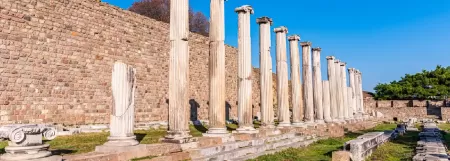
The Pergamon Asclepieion in Turkey was an ancient healing center, famous for its sacred springs and Roman medical treatments. Explore its historic ruins.
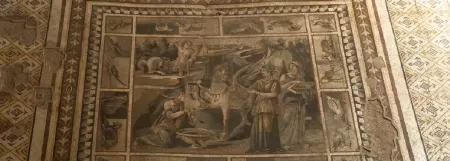
Hatay Archaeology Museum in Antakya houses Turkey’s largest Roman mosaic collection, along with artifacts from ancient civilizations.

Aphrodisias Museum in Turkey houses breathtaking ancient sculptures, Roman reliefs, and artifacts from the renowned city of Aphrodite.

Antalya Archaeological Museum showcases artifacts from Perge, Aspendos, and Termessos, featuring ancient sculptures, mosaics, and relics.

No visit to Sagalassos would be complete without a stop at the Archaeological Museum in Burdur. This museum, located just a short drive from the site, houses major discoveries from Sagalassos.

Located in one of the foremost valuable areas of the Aegean Region, Denizli Hierapolis Archeology Museum belongs to a part that has been continuously inhabited since antiquity.

Embark on a unique Cultural and Heritage tour at Haci Bektas Veli Museum, we’ll uncover the illuminating Sufi heritage that shapes Turkey’s land and history.

Explore the Galata Mawlawi House Museum, a key site in Istanbul highlighting Sufi mysticism and the Whirling Dervishes' unique history.

Step into the Rahmi M. Koç Museum in Istanbul, where industrial heritage comes to life with historic vehicles, ships, and interactive exhibits.
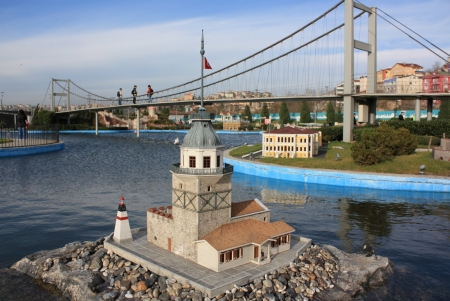
How about taking a fast tour through Turkey's major cities and sightseeing their landmarks? Located in Istanbul, Miniatürk is the world’s largest open air miniature museum
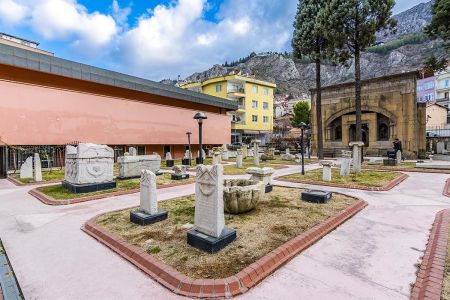
Explore Amasya Archaeological Museum, home to ancient artifacts and rare mummies from the Ilkhanid era.
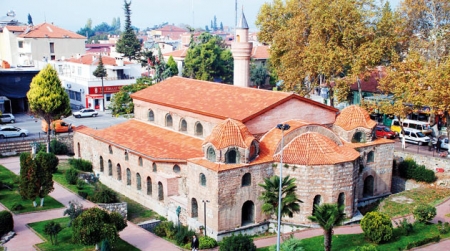
Discover Iznik Ayasofya, a historic Byzantine church-turned-mosque in Turkey, where the First Council of Nicaea once took place.

Explore Alacahoyuk Historic Site, an ancient Hittite city in Çorum with ruins, sphinx gates, and royal tombs and visit Alacahoyuk Museum to see remarkable artifacts.

Visit the Istanbul Military Museum to explore Ottoman weapons, war relics, and live Mehter Band performances in a historic setting!
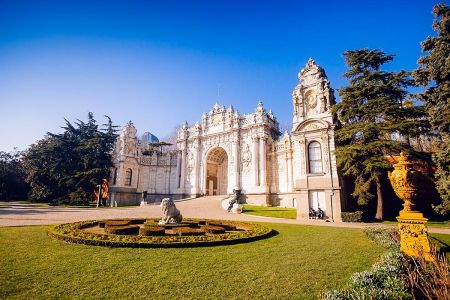
Step into Ottoman history at Yıldız Palace Museum, Istanbul’s royal complex with elegant halls, historic artifacts, and lush imperial gardens.
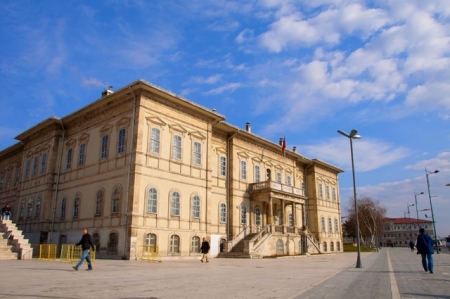
Visit Atatürk Congress & Ethnography Museum in Ankara, where Turkey’s National Struggle for Independence began in 1919. Explore its rich history!
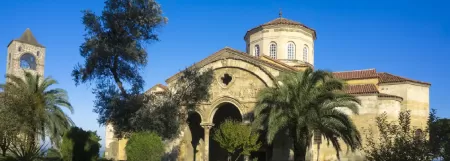
Trabzon Ayasofya Museum highlights Byzantine frescoes and rich history. Visit today to explore its stunning heritage and feel Trabzon vibes!
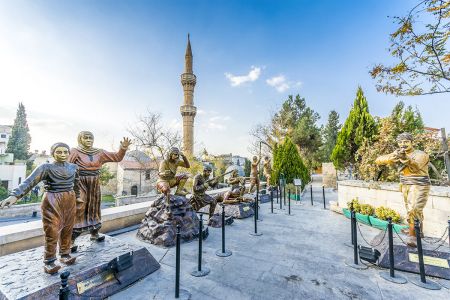
Established in Ankara, the capital of Turkey, the Museum of Anatolian Civilizations was awarded the Museum of the Year in 1997 by being chosen from among 68 museums.
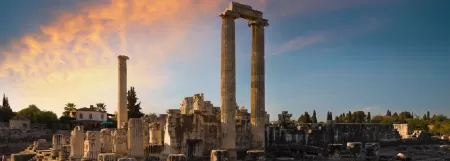
Uncover Didim, located in Aydın province, home to the ancient sanctuary of Didyma, known for the Temple and Oracle of Apollo, one of the most significant Hellenic ruins.

Visit Miletus Museum in Turkey and explore the ruins of an ancient Greek city once famed for trade, philosophy, and grand architecture!
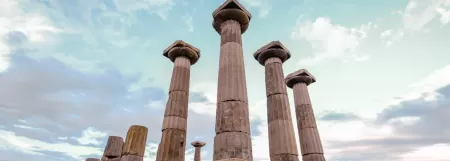
Assos Historic Site built in the 6th century BC in Çanakkale province, Assos was renowned in antiquity for its sarcophagi. Visit Assos and step into history!

Step into history at Troy, home of the legendary Trojan Horse! Uncover ancient ruins, city walls, and myths from Homer’s Iliad in Canakkale, Turkey.
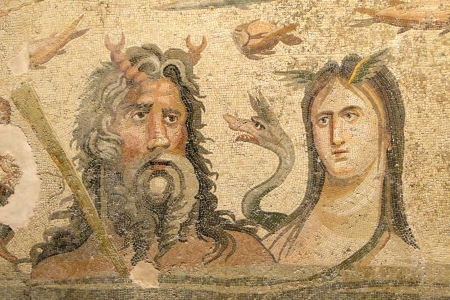
Zeugma Mosaic Museum, a treasure of ancient Roman art in Gaziantep, showcases stunning mosaics like the iconic Gypsy Girl and other breathtaking artworks.

Explore the Bodrum Museum of Underwater Archaeology, home to incredible shipwrecks, ancient artifacts, and maritime history in Turkey.

Discover the ancient Mausoleum at Halicarnassus, a masterpiece of architecture and one of the Seven Wonders.
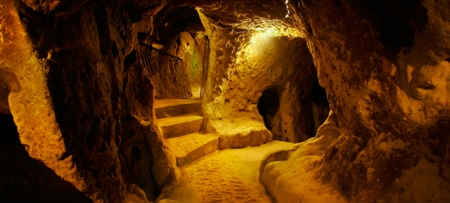
Discover the secrets of Derinkuyu Underground City in Cappadocia, a multi-level ancient wonder with tunnels, ventilation shafts, and hidden rooms.

Situated in Nevsehir province, Zelve houses the most number of the world-famous Fairy Chimneys. Zelve is an important Christian center since it is the place

Dating back to the 3rd century BC, the Acropolis in Izmir province has preserved many of its structures and works of art. Built on several levels of mounds, the ancient site of Pergamon Acropolis is extraordinarily rich

This museum in Izmir province houses the archeological finds from the site where one of the most sophisticated civilizations once thrived.

Among the best things to do in Istanbul visiting the Church, Mosque, and Museum Hagia Sophia the major attraction, The 8th Wonders of the World" of Turkey with Memphis Tours.
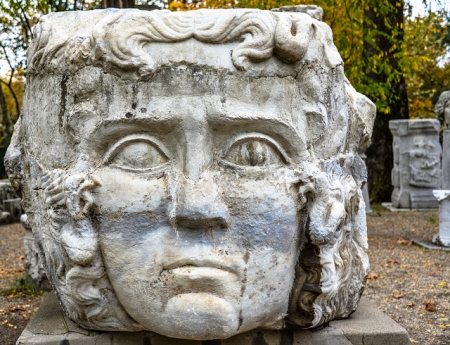
Built during the Ottoman era, the museum complex provided a background for the development of museology in Turkey. The buildings of the complex are themselves of historic significance.

This church is known to serve as the court chapel during religious ceremonies. This church carries the imprint of the typical Byzantine architecture.
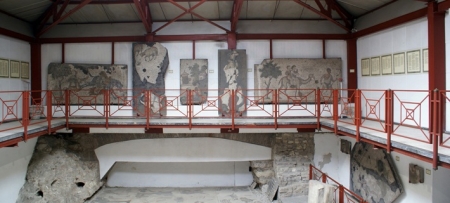
The Great Palace Mosaic Museum harbors the mosaics excavated from the courtyard of the Great Palace built during the Byzantine period.
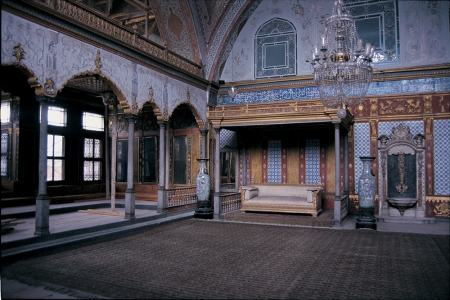
Built on a domineering point along the Bosphorus after the conquest of Istanbul, the palace is located on the tip of the historic peninsula.

The construction of this first Turkish museum started in the 19th century within the confines of the Suleimaniye Mosque Complex.

The museum was originally a Rose Garden in the Seljuk Palace and was later presented as a gift to Rumi’s father and made a Dervish Lodge.

Opened to public in 2002, the museum is located below the Hall of Honor in Ataturk’s Mausoleum. In addition to exhibition pieces, visitors can also peek into Ataturk’s Private Library.

Built in one of the oldest neighborhoods of Ankara called Namazgah, the Ethnography Museum was also Ataturk’s first resting place for 15 years before Anıtkabir (Mausoleum).

Unique in the world with its rich collection of more than 35,000 pieces, Hatay Archeology Museum hosts the priceless mosaics known to history.
